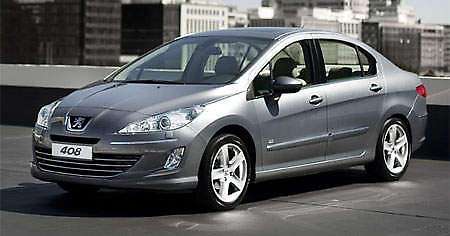Following plans that were already on the cards, Nasim and Automobiles Peugeot have signed a master agreement for the production of the T73 C-segment sedan, which will be built at the Naza Automotive Manufacturing plant in Gurun, Kedah.
Nasim is slated to produce 60,000 units of the vehicle – which is expected to be the Peugeot 408 that was launched in the Chinese market earlier in the year, though the official designation for the car has not yet been announced – over a five-year period beginning 2012 and ending in 2016.
The car will be launched in early 2012. Of the 60,000 units, some 60% is being planned for export to other right-hand drive countries in Asean as well as markets outside of the region.
The signing of the T73 master agreement brings things one step closer to making Malaysia Peugeot’s production hub for the region, and there are plans to develop Malaysia into the parts distribution hub for Peugeot for Asean and Pacific countries as well.
The new 207 sedan was the first wave of the expansion plans. Launched locally in early November, the car has already begun making its foray into the Thai market, and first deliveries have begun for the initial order of 44 units. Following Thailand, Nasim intends to begin exporting the new 207 to Indonesia, Brunei and Sri Lanka in the first quarter of 2011.
Looking to sell your car? Sell it with Carro.










AI-generated Summary ✨
Comments show a mix of excitement and skepticism about Nasim's local production plans for the Peugeot Pug T73 sedan in 2012, with some praising the potential for more choices and better availability, while others criticize quality issues, high replacement parts costs, and local assembly quality. Many comments express eagerness for the car’s launch and hope for affordable prices and improved after-sales service. There is also discussion of local market dynamics, such as the Malaysian preference for brand loyalty, resale value, and perceived quality. Some comments compare the Peugeot to other brands, question the wait times, and debate whether the models will meet regional customer expectations. Overall, the tone suggests anticipation tempered with concerns over craftsmanship, pricing, and parts affordability.